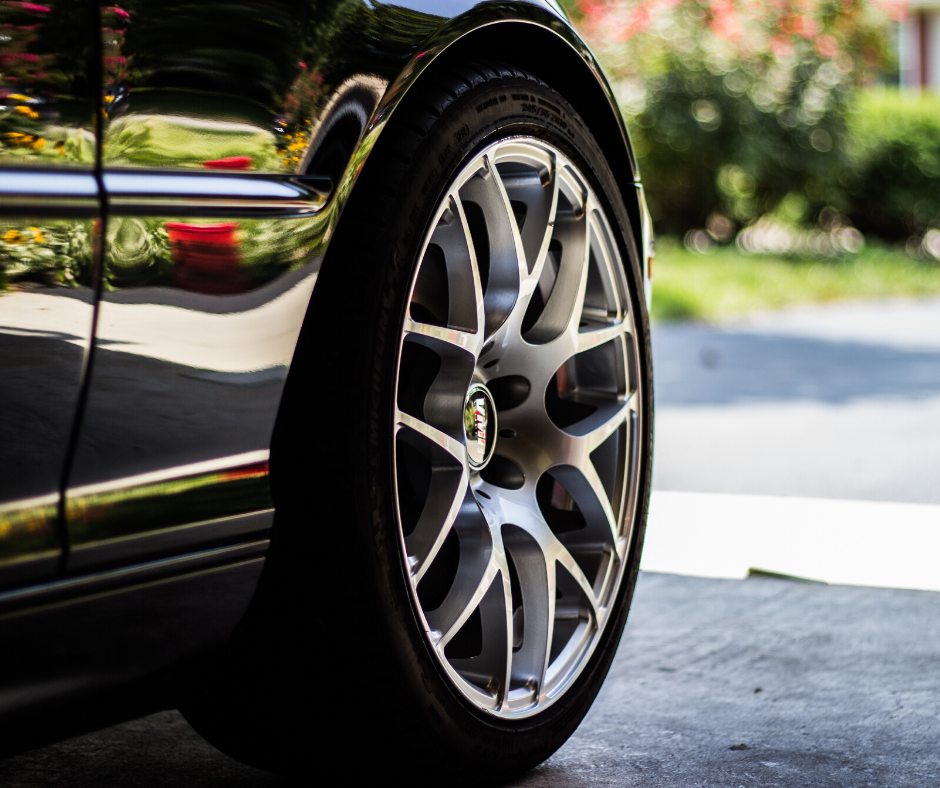Jul 14, 2020

As a car owner, it’s important that you understand tyre damage will come in many forms and levels of severity. It does not matter how safe you are on the road’s tyres will suffer wear and tear and potentially damage at some point in their lifetime. Potholes, debris, traffic incidents can all leave you with damage on your tyres, and it’s crucial you know how to identify and diagnose different types of tyre damage.
The most common types of tyre damage are:
·Punctures
·Cracks
·Damage to sidewalls
·Irregular tread wear
·Bursts
Punctures are one of the most common types of tyre damage, and we are likely to experience this at some point in time. Sharp objects lying on the road will pierce the tyre, causing air to leak out. The clearest sign of a punctured tyre is a flat tyre.
Depending on where the puncture is on your tyre, you may be able to repair it without having to fully replace it. Read more about repairing punctured tyres here.
Cracks in your tyres can appear on the sidewall or surface of the tyre that is in contact with the road. Cracks can be caused by bad road conditions and general wear and tear.
Minor cracks can appear in your tyre tread or sidewalls and these aren’t dangerous in most cases initially, however over time they can reduce your grip, handling and will worsen if not addressed.
Tyre sidewalls are designed to withstand the pressure they are under, but that doesn’t mean they are exempt from damage. There are two main types of wall damage, bulges and cuts.
Tyre bulges – Caused by impact, such as hitting a pothole or kerb. This will result in the structural integrity of the tyre sidewall to weaken in the spot of the impact, and the pressure of the tyre will cause it to bulge.
Tyre cuts – Also caused by impacts but much more dangerous as they can result in blowouts. If you drive over a sharp object in the road when you have low tyre pressure, cuts can occur.
Tyre wear is natural, and the speed that your tyres wear down is all due to your driving style and how often you drive. The legal limit is 1.6mm and you should never drive with tyres below this limit!
Tyres that are over or under inflated can be subjected to irregular wear, meaning they will need to be replaced quicker than necessary. Over inflated tyres will cause rapid wear in the centre, reducing the contact point between tyre and the road. Under inflated tyres cause uneven wear to the edges of the tyre, reducing the fuel economy of your car.
This is the most dangerous of all tyre damage, as this is when the structural integrity of the tyre wall completely fails and loses the ability to hold air. A burst tyre is going to completely alter the cars ability to drive and handle on the road, making you a danger to other road users.
Tyres can burst for a few reasons, such as under inflation or hitting deep potholes.
If you have recently suffered tyre damage, MyCarNeedsA.com can help! We can gather quotes from pre-approved garages in your area who can fit you a replacement tyre, or possibly even repair a puncture! Get your quote www.mycarneeda.com/get-a-quote/